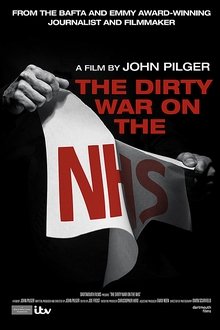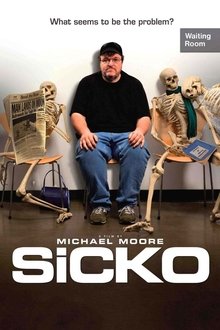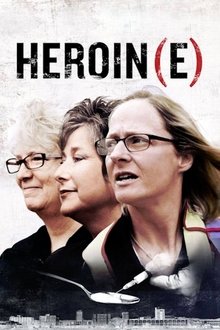The documentary follows one woman's quest to overcome anxiety, depression, and opioid addiction through the use of psychedelic medicines.
Related Movies
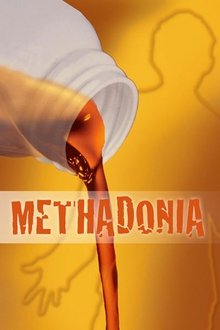
Methadonia (2005)
Shot over the course of 18 months in New York City's Lower East Side, METHADONIA sheds light on the inherent flaws of legal methadone treatments for heroin addiction by profiling eight addicts, in various stages of recovery and relapse, who attend the New York Center for Addiction Treatment Services (NYCATS).
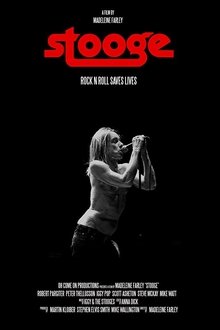
Stooge (2017)
Stooge is a feature documentary about Robert Pargiter, Iggy Pop's No1 fan. It covers the three years leading up to his 50th birthday when he tries to track his hero down in a final absolution. His journey has taken him all over the world in search of redemption after years of struggling with addiction, of coping with depression, and of celebrating the communal lust that is Rock'n Roll.
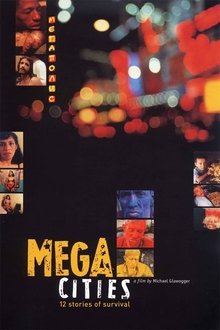
Megacities (1998)
Megacities is a documentary about the slums of five different metropolitan cities.
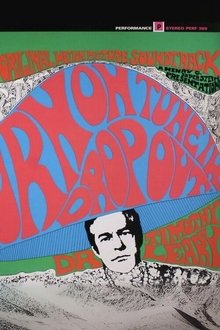
Turn On, Tune In, Drop Out (1967)
5 psychedelic short films, broadcast on the French/German tv channel "arte" on 2007-07-16 "Be-In" USA 1967, 7 min "Beatles Electronique" USA 1966-69, 3 min "San Francisco" Great Britain 1967/68, 15 min. "Andy Warhol's Exploding Plastic Inevitable" USA/Great Britain 1967, 12 min. "Eyetoon" USA 1967/68, 8 min.

Znovuzrození (1950)
A film about the rescue of newborns endangered by an incompatible combination of parents' blood, which is possible thanks to the discovery of the Rh factor of human blood.
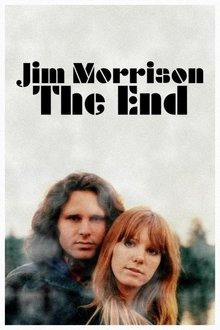
Jim Morrison: The End (2021)
Paris, Rue Beautreillis, July 3, 1971. The corpse of rock star Jim Morrison is found in a bathtub, in the apartment of his girlfriend Pamela Courson. The chronicle of the last months of the life of the poet, singer and charismatic leader of the American band The Doors, one of the most influential in the history of rock.
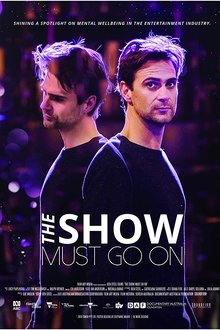
The Show Must Go On (2019)
The Show Must Go On is a personal journey behind the scenes that confronts the epidemic of mental health issues in the Australian entertainment industry.
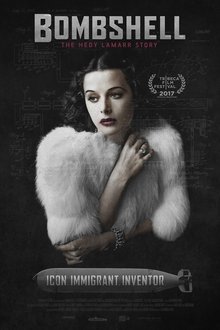
Bombshell: The Hedy Lamarr Story (2018)
The life and career of the hailed Hollywood movie star and underappreciated genius inventor, Hedy Lamarr.
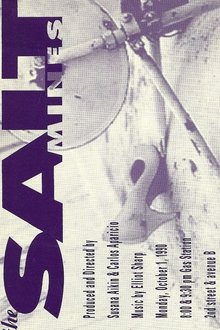
The Salt Mines (1990)
Explores the lives of Sara, Gigi and Giovanna, three Latino transvestites who for years have lived on the streets of Manhattan supporting their drug addictions through prostitution. They made their temporary home inside broken garbage trucks that the Sanitation Department keeps next to the salt deposits used in the winter to melt the snow. The three friends share the place known as "The Salt Mines".

Diana: In Her Own Words (2017)
Using home videos recorded by her voice coach, Diana takes us through the story of her life.

Good Girl (2014)
Successful documentary filmmaker Solveig Melkeraaen suffers a heavy clinical depression. Treatment with electroshock therapy helps her, but when she falls into a second depression, she has to accept that being perfect is not an option. A feelgood film on depression.
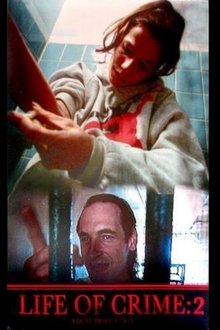
Life of Crime 2 (1998)
This follow-up to the 1989 documentary ONE YEAR IN A LIFE OF CRIME revisits three of the original subjects in New Jersey during a five-year period in the 1990s. We share in their triumphs and setbacks as they navigate lives of poverty, drug abuse, AIDS, and petty crime.

Mr. Untouchable (2007)
The true-life story of a Harlem's notorious Nicky Barnes, a junkie turned multimillionaire drug-lord. Follow his life story from his rough childhood to the last days of his life.
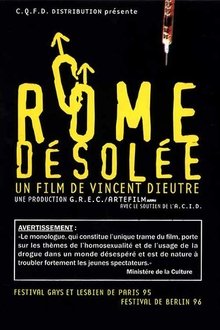
Desolate Rome (1995)
Chronicles of a male homosexual drug addict in 1980's in voice-over with long take scenes from Rome, television snippets of news of Gulf War and commercials.

Vancouver: No Fixed Address (2017)
There is no topic that unites all of Vancouver quite like that of housing. At every dinner party, social gathering, or chance meeting in the street, everyone has an opinion, and they want to share it. Charles Wilkinson’s new film Vancouver: No Fixed Address tackles the subject from a multiplicity of perspectives. A chorus of voices chime in — everyone from David Suzuki, to Vancouver Mayor Gregor Robertson, Seth Klein, Condo King Bob Rennie, Senator Yuen Pau Woo, and lots of regular Vancouver citizens.
